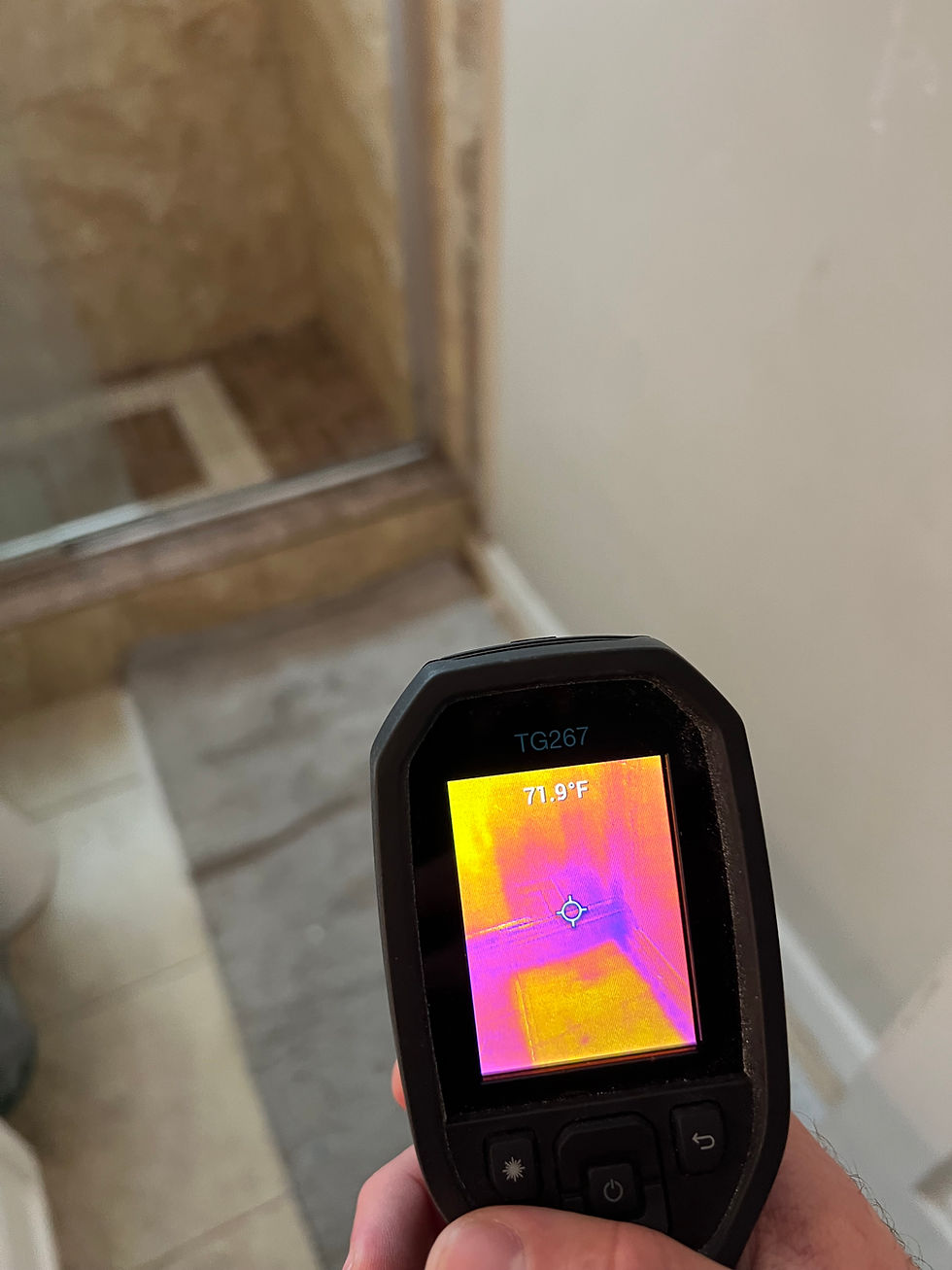Keeping it Fresh: A Comprehensive Guide to Preventing Mold in Your Bathroom
- Mold Remediation Lee County

- Jan 8, 2024
- 2 min read
Your bathroom, a sanctuary of cleanliness and relaxation, can sometimes harbor an unwelcome guest—mold. Mold growth not only poses health risks but can also compromise the aesthetic appeal of your space. Fortunately, with a few proactive steps, you can bid farewell to this pesky intruder. Let's delve into some effective strategies on how to prevent mold in the bathroom and maintain a fresh, healthy environment.
Ventilation is Key: Ensure proper ventilation by using exhaust fans during and after showers. Humidity is a breeding ground for mold, and a well-ventilated bathroom helps keep moisture levels in check.
Keep Surfaces Dry: Wipe down shower walls, tubs, and sinks after use to eliminate excess moisture. Consider investing in quick-dry shower curtains and bath mats to minimize dampness.
Fix Leaks Promptly: Address any leaks in pipes, faucets, or the showerhead immediately. Even small, persistent leaks can contribute to the development of mold over time.
Use Mold-Resistant Products: Opt for mold-resistant paint, grout, and caulk in your bathroom. These products are designed to inhibit mold growth, providing an extra layer of protection.
Regular Cleaning Routine: Establish a regular cleaning schedule to prevent mold from taking root. Focus on areas prone to moisture, such as shower curtains, tiles, and grout. Use mold-killing cleaners or natural solutions like vinegar and baking soda.
Limit Organic Materials: Mold feeds on organic materials, so try to minimize them in the bathroom. Avoid leaving damp towels or clothing lying around, and opt for shower curtains and bathmats made of mold-resistant materials.
Invest in a Dehumidifier: If your bathroom tends to be particularly humid, consider using a dehumidifier to regulate moisture levels. This can be especially beneficial in bathrooms without windows or proper ventilation.
Allow for Air Circulation: Keep the bathroom door and windows open when possible to encourage air circulation. This helps in drying out damp surfaces and preventing mold growth.
Inspect and Seal Grout: Regularly inspect the grout between tiles and reseal as necessary. Cracked or deteriorating grout can allow moisture to penetrate, providing an ideal environment for mold.
Replace Old or Damaged Sealant: Damaged or deteriorating caulk can be a breeding ground for mold. Periodically check the condition of the caulk around your bathtub and sink, and replace it if needed.
Conclusion:
By incorporating these proactive measures into your bathroom maintenance routine, you can significantly reduce the risk of mold growth. A clean, dry, and well-ventilated bathroom not only promotes a healthier living environment but also ensures that your sanctuary remains a place of relaxation and rejuvenation.










Comments